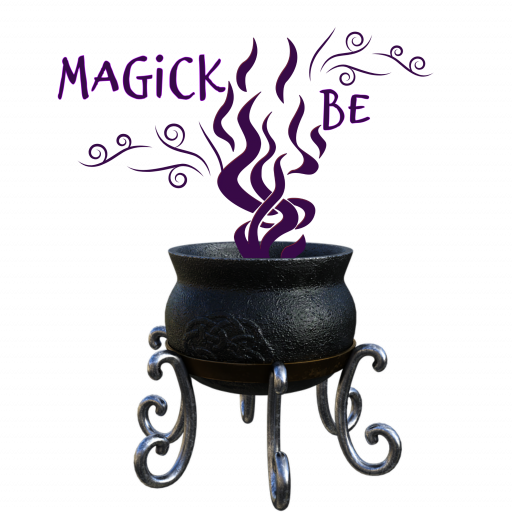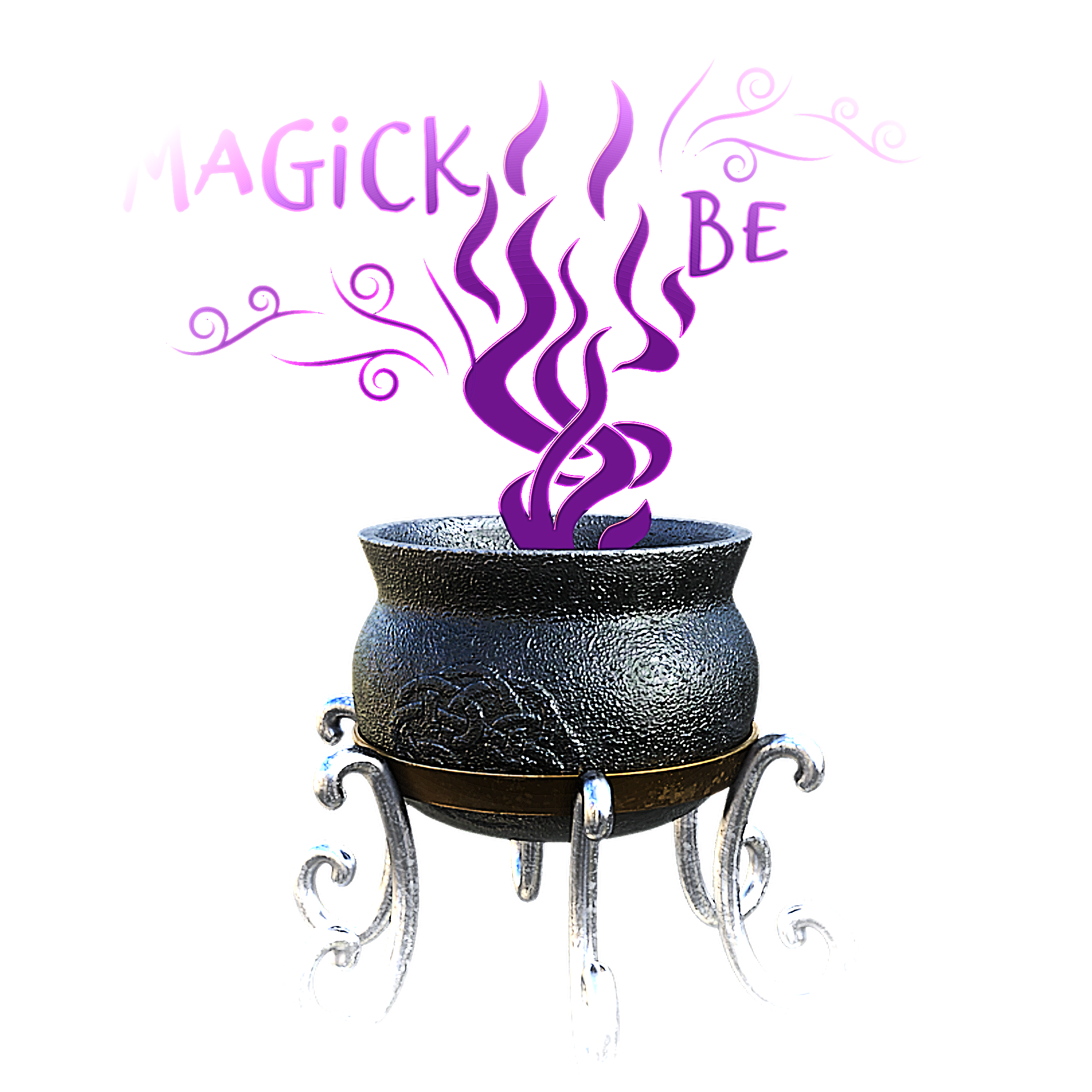Exploring the Magick of the Unconscious Mind
The Hidden Landscape of Self
In the vast inner wilderness of human consciousness, there exists a realm both mysterious and powerful— it is universally known as, the Shadow Self. Like an underground cavern system running beneath the surface of our perceived reality, the Shadow contains those aspects of ourselves that we have somehow, either consciously or unconsciously, rejected, suppressed, and hidden away. This hidden landscape is not a place of darkness to be feared, but a profound source of transformative magickal potential waiting to be understood and integrated.
The Archetypal Origins of Shadow Work
The concept of the Shadow finds its roots in the depth psychology of Carl Jung, who viewed it as the unconscious repository of our unacknowledged traits, emotions, and potentials. From a magickal perspective, the Shadow can be understood as an energetic construct—a multidimensional repository of unexplored personal and collective consciousness that holds immense alchemical power.
Layers of the Unconscious Realm
The Shadow is not a monolithic entity but a complex, layered ecosystem of:
- Repressed emotional experiences.
- Unexpressed desires and dreams.
- Inherited ancestral patterns.
- Fragmented aspects of personal power.
- Unexplored spiritual potentials.
The Magickal Process of Shadow Integration
Shadow work is fundamentally an act of inner alchemy—a transformative process of transmuting unconscious material into conscious awareness. It is a sacred journey of reclaiming fragmented aspects of the self, much like a mystic retrieving lost fragments of a sacred artifact.
Techniques of Shadow Exploration
- Ritual Introspection
Creating sacred space for deep inner exploration allows the unconscious to reveal its hidden contents. This might involve:
- Meditative journeying.
- Dream analysis.
- Automatic writing.
- Shamanic trance states.
- Emotional Archaeology
Like an archeologist carefully excavating ancient ruins, Shadow work requires gentle, compassionate investigation of emotional landscapes. Each suppressed emotion is a potential portal to deeper understanding. - Energetic Transmutation
The ultimate goal of Shadow work is not to eliminate or fight against shadow aspects, but to integrate and transform them. This is where the true magickal work begins—turning lead into gold, transforming wounded aspects into sources of power and wisdom.
Shadow Wisdom: Cultural Perspectives on the Hidden Self
The concept of the Shadow is not unique to Western psychology, but resonates deeply across diverse cultural and spiritual traditions. Each culture offers a unique lens through which we can understand the hidden aspects of human consciousness.
Indigenous Shamanic Traditions
In many indigenous cultures, the Shadow is viewed as a vital aspect of spiritual wholeness. Native American traditions speak of the “soul wound” or “soul loss”—a fragmentation of the Self that occurs through trauma, suppression, or disconnection from one’s true nature. Shamanic practices often involve soul retrieval rituals, where healers journey into non-ordinary realms to recover and reintegrate lost soul parts.
Tibetan Buddhist Perspectives
In Tibetan Buddhism, the concept of “mind training” (Lojong) directly addresses Shadow work through practices of confronting and transforming inner obstacles. The practice of Chöd, developed by the female mystic Machig Labdrön, involves deliberately confronting one’s deepest fears and attachments. Practitioners visualize offering their ego and fears to spiritual forces, thereby transforming Shadow aspects through radical acceptance and surrender.
African Spiritual Traditions
Many African spiritual systems view the Shadow as a complex interplay of personal and ancestral energies. In West African Yoruba traditions, the concept of “Ori”—the divine consciousness within an individual—recognizes that unresolved personal and ancestral traumas can create energetic blockages. Healing rituals often involve communication with ancestral spirits to heal and integrate these hidden aspects.
Chinese Philosophical Traditions
Taoist philosophy presents a nuanced view of Shadow through the concept of Yin and Yang. Rather than seeing Shadow as something to be eliminated, Taoism views it as an essential complementary force to light. The Shadow is not separate from, but an integral part of, the whole. This perspective encourages balance and integration rather than conflict.
Hindu Tantric Wisdom
In Tantric philosophy, the Shadow is understood as part of the divine play of consciousness (Lila). The Goddess Kali, often depicted in her fierce, dark form, represents the transformative power of confronting and embracing one’s most challenging inner aspects. Tantric practices seek to transmute what is hidden or feared into a source of spiritual power and awakening.
Japanese Zen and the Concept of Mu
Zen Buddhism offers a perspective of emptiness (Mu) that transcends the dualistic notion of Light and Shadow. Here, the Shadow is not something to be fought or integrated, but a gateway to understanding the fundamental interconnectedness of all experiences. The practice of Zazen meditation allows practitioners to observe inner content without attachment or judgment.
Jungian and Transpersonal Synthesis
While not a cultural tradition per se, the work of Carl Jung and transpersonal psychologists represents a powerful synthesis of these diverse cultural understandings. Jung’s concept of the Shadow drew inspiration from alchemical, mystical, and cross-cultural spiritual traditions, presenting a universal psychological framework for understanding the hidden dimensions of human consciousness.
Bridging Cultural Wisdom
What emerges from these diverse perspectives is a profound understanding: the Shadow is not a problem to be solved, but a mystery to be explored. Each culture offers a unique map for navigating the inner landscapes of consciousness, suggesting that Shadow work is a universal human journey of healing, integration, and transformation.
The Metaphysical Dynamics of Shadow Integration
When we begin to acknowledge and embrace our Shadow, we engage in a profound metaphysical process of:
- Reclaiming personal power.
- Dissolving karmic patterns.
- Expanding consciousness.
- Healing intergenerational trauma.
- Activating dormant spiritual potentials.
The Quantum Perspective
From a quantum metaphysical viewpoint, Shadow work can be understood as a process of collapsing multiple potential states of being into a more integrated, authentic expression of self. By bringing unconscious material into conscious awareness, we literally reshape our energetic and psychological reality.
Navigating the Shadows: Practical Wisdom
Effective Shadow work requires:
- Radical self-compassion.
- Willingness to be vulnerable.
- Non-judgmental observation.
- Energetic protection and grounding techniques.
- Patience with the process of revelation and integration.
The Spiritual Alchemy of Wholeness
Ultimately, Shadow work is not about perfection but about embracing wholeness. It is a sacred journey of reuniting with lost parts of ourselves, transforming wounds into wisdom, and recognizing the divine complexity of human consciousness.
A Brief Meditation for Shadow Integration
Close your eyes. Breathe deeply. Imagine a soft, golden light of compassion expanding from your heart. Invite your Shadow aspects—not as enemies, but as long-lost parts of yourself seeking reunion, to integrate with your conscious expression in a non-judgemental and non-resistent way. Listen to what it says. Welcome its insights. Allow the integration. This is one brief example of a Shadow Integration Meditation… for a more comprehensive meditation, see here.
The Infinite Landscape of Self
The journey of shadow work is infinite, a continual unfolding of consciousness. Each moment of recognition, each breath of compassion, is an act of magick—transforming the lead of unconscious material into the gold of expanded awareness.
Remember: In the depth of your Shadows lies your most profound light.





